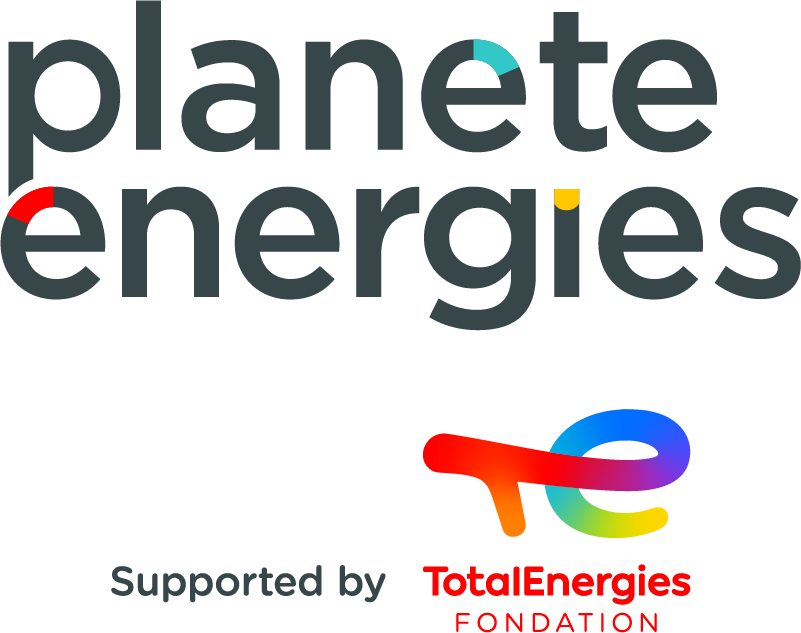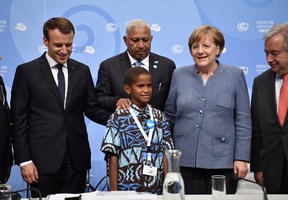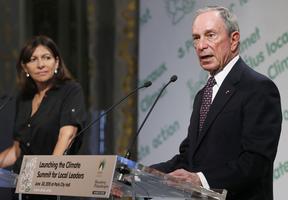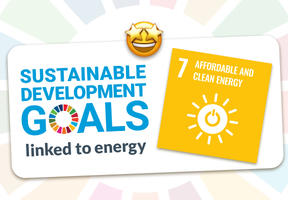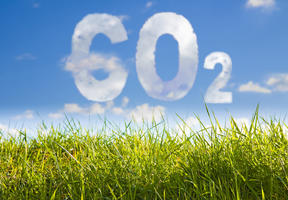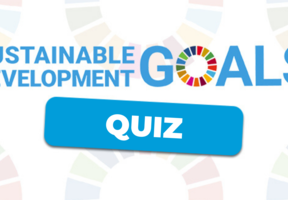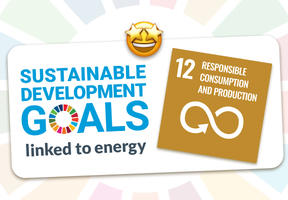Europe's Energy Dependency
10 min read
A country’s energy dependency rate is the proportion of energy it imports divided by its total consumption. Expressed as a percentage, it reflects how much an economy depends on other countries to meet its energy needs. If the dependency rate decreases, then the country is said to be making the transition toward “energy sovereignty”. Using two tables, Planète Energies explains the position of the European Union.
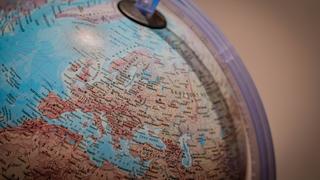
© Unsplash Nejc Soklič
Europe Imports Almost 60% of its Energy
Almost 60% of the consumed by the European Union (EU) has to be imported from outside the EU. Sources include oil, gas and .
Energy dependence has tended to increase since the 2000s and is particularly pronounced in the natural gas sector, owing in particular to the gradual dwindling of volumes in the North Sea gas fields. Gas is now one of the most frequently used energy sources, especially to replace coal, which causes greater pollution and higher CO2 emissions.
This table shows the EU (27 countries) energy dependency rate, and more specifically, the values related to natural gas.
| In % | 2000 | 2010 | 2015 | 2020 | 2021 | 2022 | 2023 |
|---|---|---|---|---|---|---|---|
| Dependency rate (all energies) | 57.8 | 57.4 | 57.6 | 59.1 | 57.1 | 64.4 | 58.4 |
| Dependency rate on natural gas | 65.7 | 67.8 | 74.5 | 83.6 | 83,7 | 97.6 | 90.0 |
Comments on the table:
- The declines in 2010 and 2021 are somewhat misleading: they correspond to slower economic growth (the 2008 financial crisis and the Covid-19 health crisis in 2020).
- The sharp rise in 2022 was caused by several factors: the economic recovery after the health crisis, the shutdown of nuclear reactors in Germany and their slowdown in France due to technical problems, the decline in coal production in Germany and Poland, and the urgent need to replenish gas stocks after Russia's invasion of Ukraine.
- The lower dependence in 2023 is due to the series of measures taken to deal with the Russian gas crisis.
The Impact of War in Ukraine
Among the countries that supply energy to the EU, Russia has long played a crucial role in primary energy imports: in 2021, it provided 44% coal of natural gas.
The Ukrainian crisis in February 2022 almost stopped Russian gas imports via pipelines. In May 2022, the European Commission presented a plan named "REPowerEU", which aims to move away from dependence on Russian hydrocarbons in three main ways:
- diversifying sources of supply: Europe has increased its imports of , especially from the USA and Qatar;
- reducing energy consumption in EU countries proved successful, as natural gas consumption has been reduced by 18% in 2022 and 2023;
- accelerate the development of renewable energies and relaunch nuclear in several countries.
How can a country reduce its dependency on energy imports?
By consuming less and using more local energy sources (renewable/nuclear).
Energy Dependency Varies Widely Across EU Countries
The energy dependency rate varies to a greater or lesser extent, depending on each country’s own resources and the choices made as to their .
Here is the table for five different countries in 2022:
| In % | Global energy dependency in 2022 |
|---|---|
| Italy | 80.5 |
| Germany | 68.9 |
| France | 52.2 |
| Poland | 46.1 |
| Sweden | 28.1 |
Comments on the table:
- France reduces its dependence thanks to nuclear power, Poland draws on its national coal production and Sweden, on its nuclear and hydraulic capacities.
- Germany, which has a very powerful industry, has relied heavily on Russian gas - available in large quantities at low cost - while developing renewable energies. By 2022, it had considerably diversified its imports.
What makes France, Poland and Sweden so energy-independent?
For France, nuclear power. Poland, coal. Sweden, hydro and nuclear.
